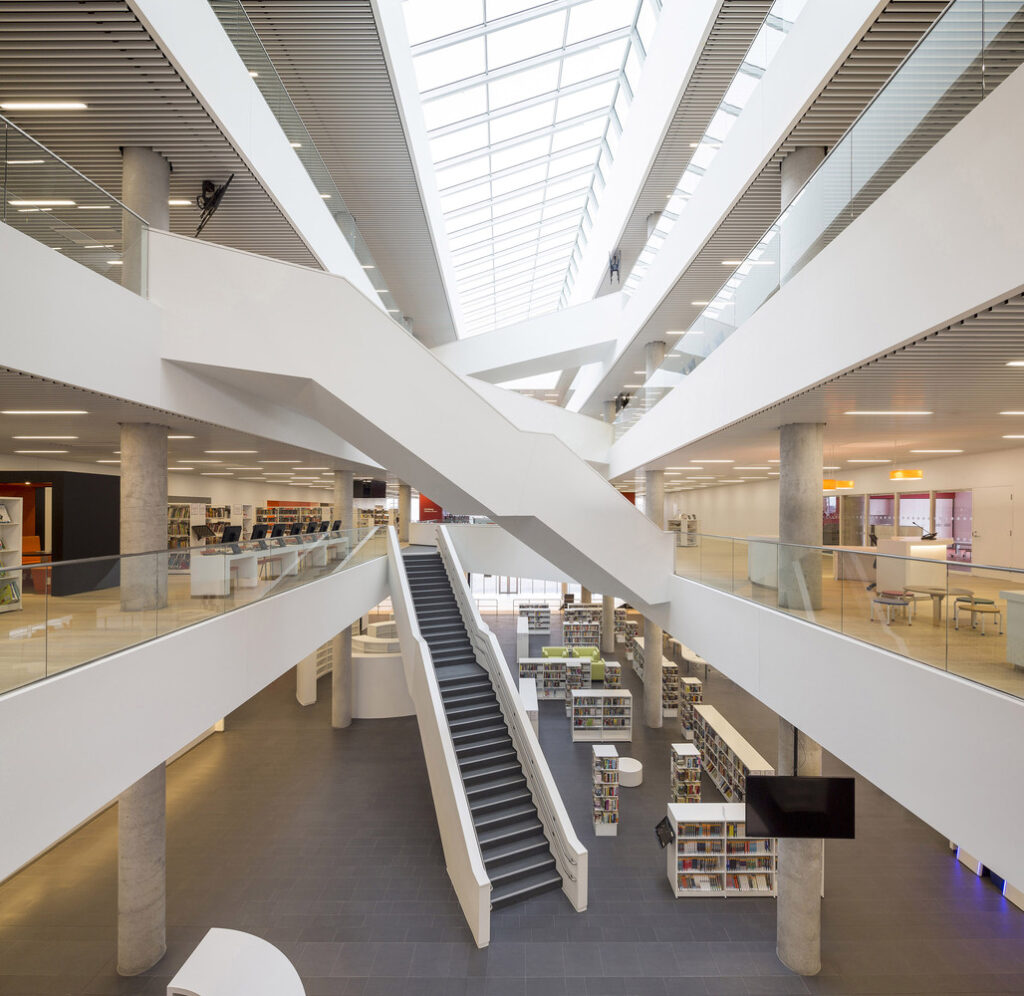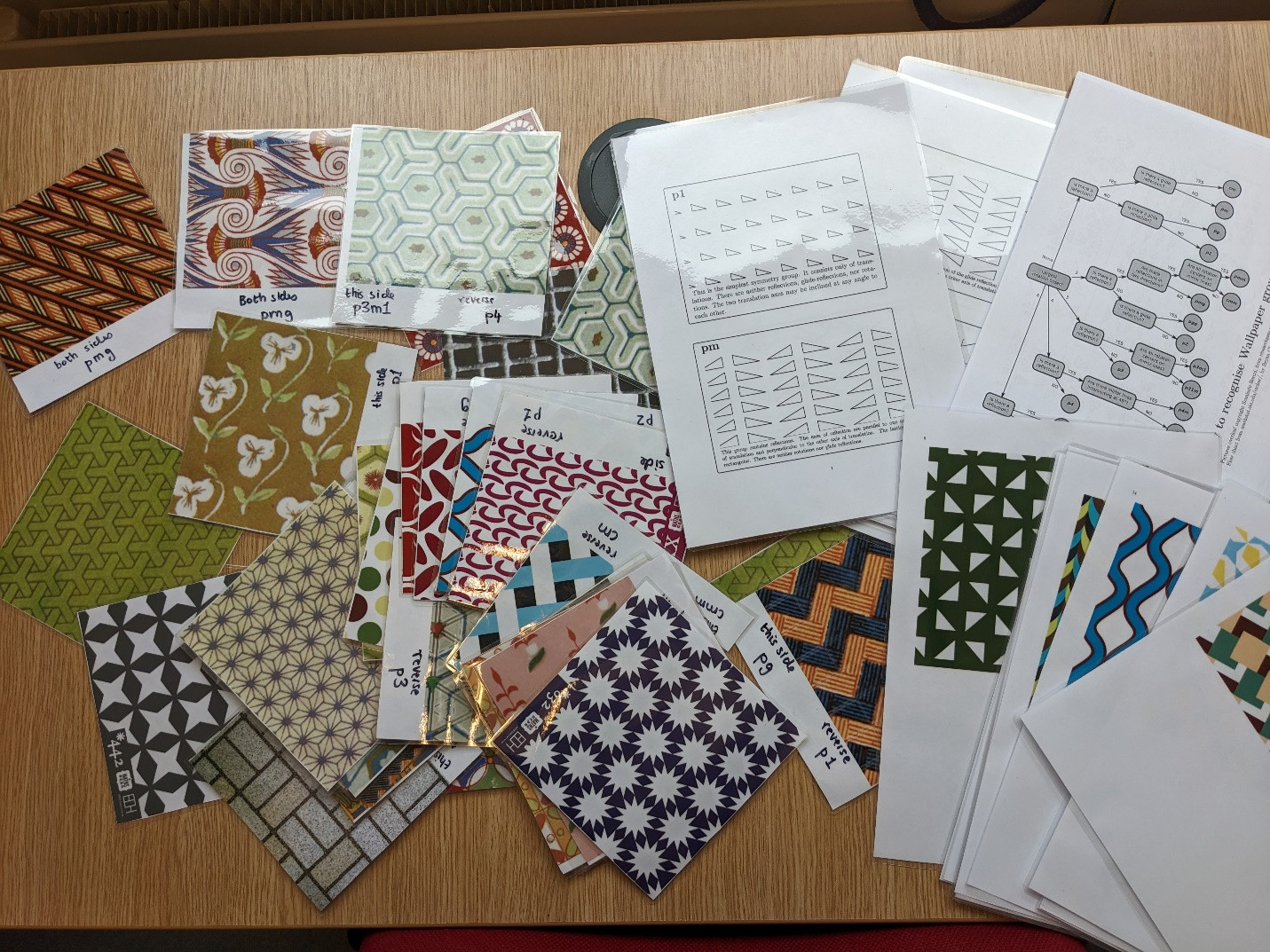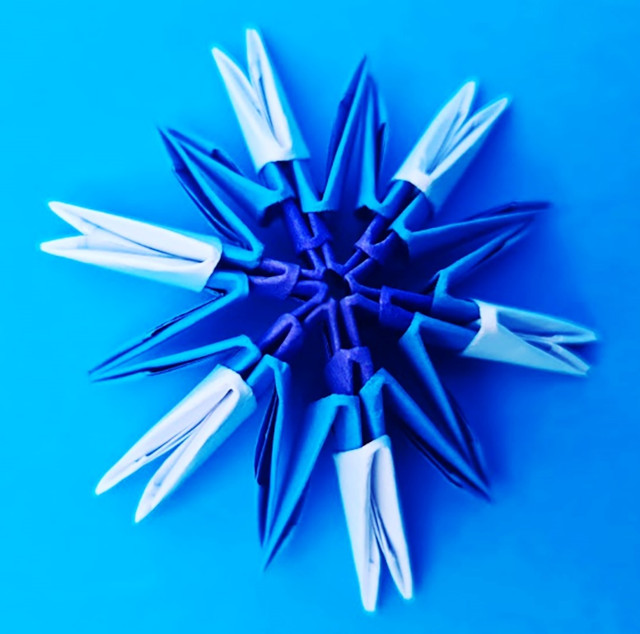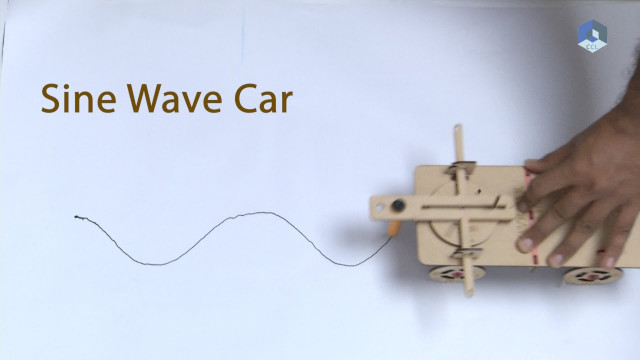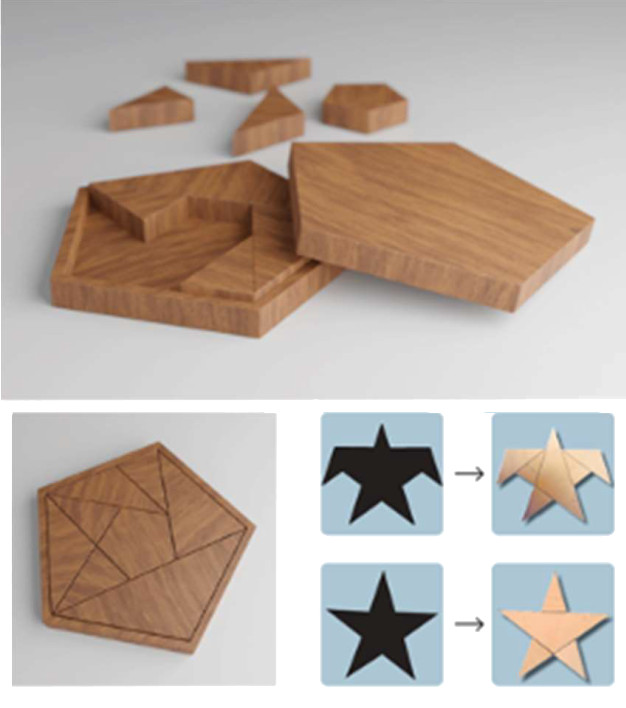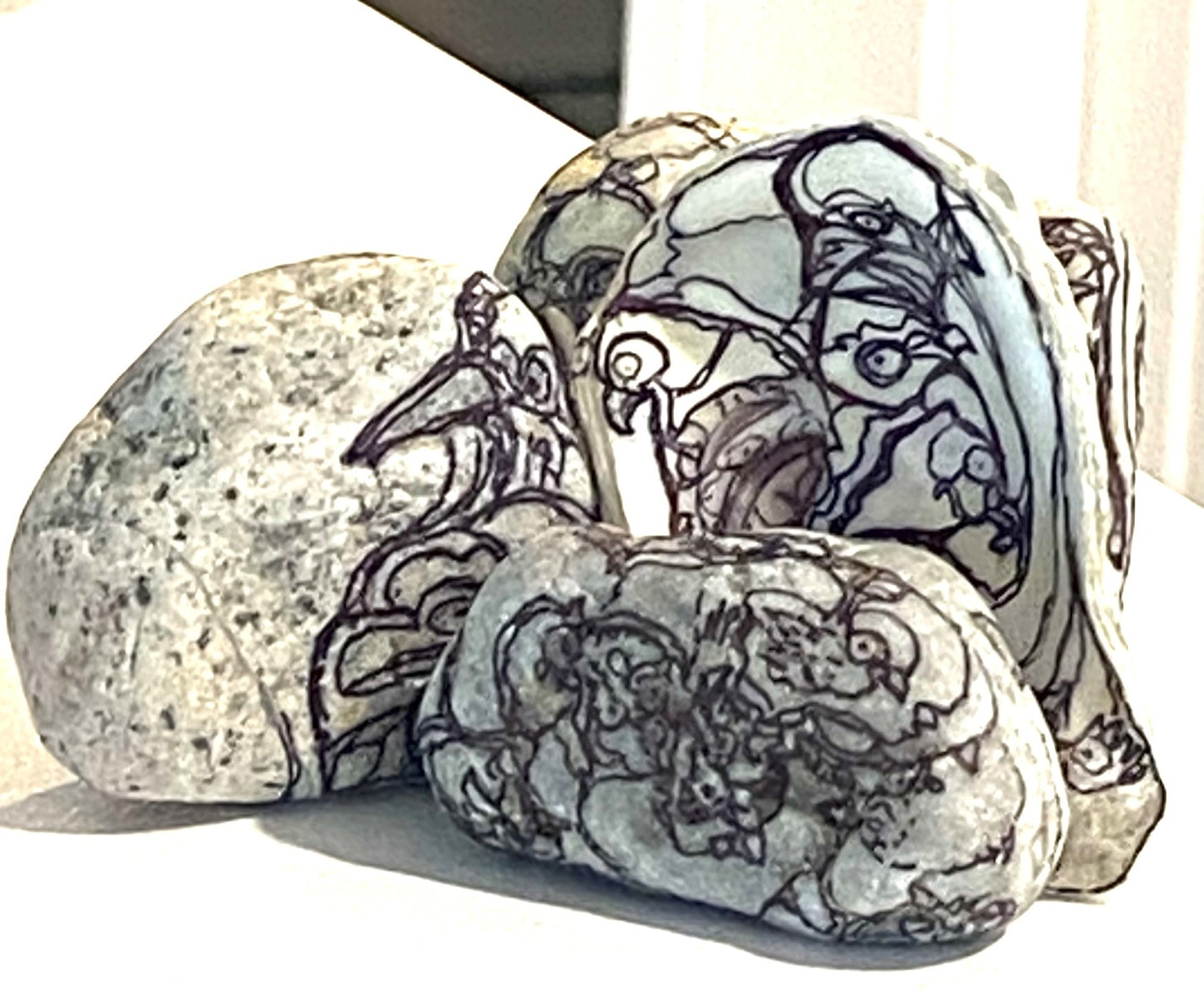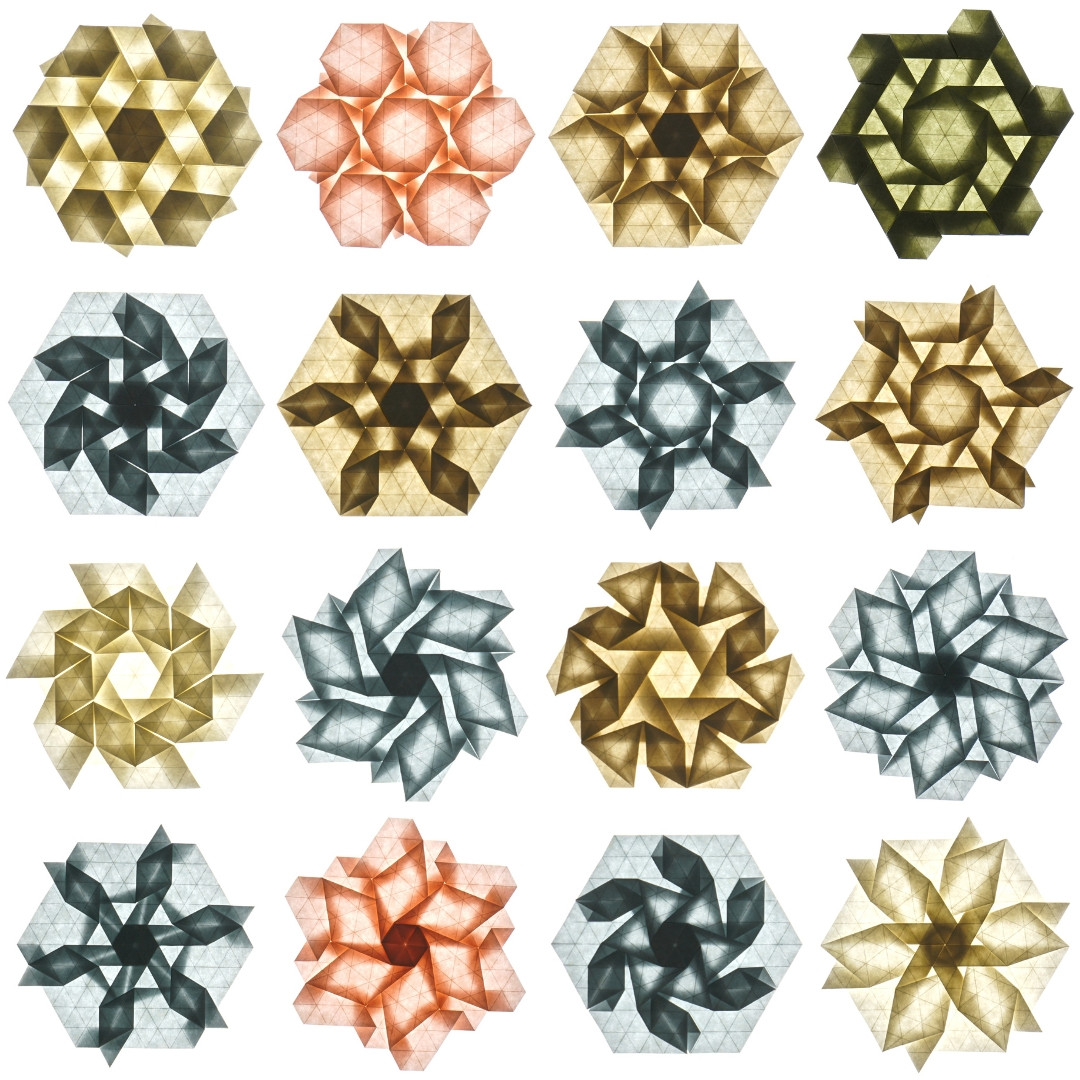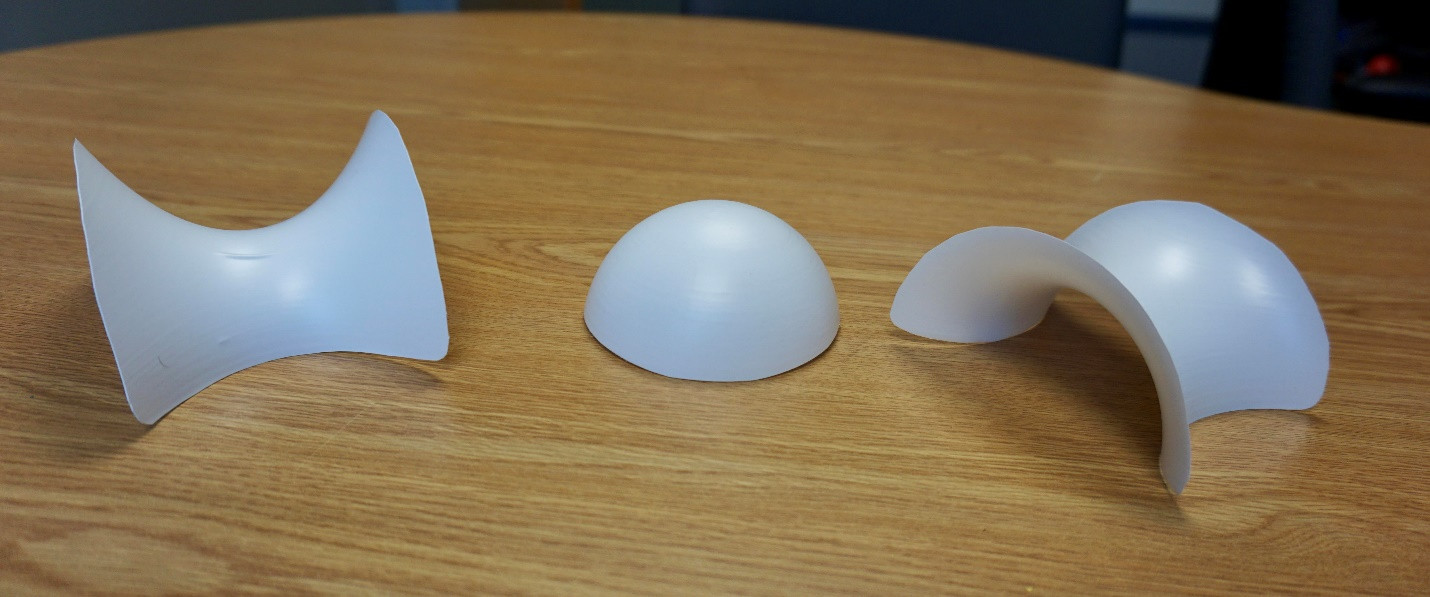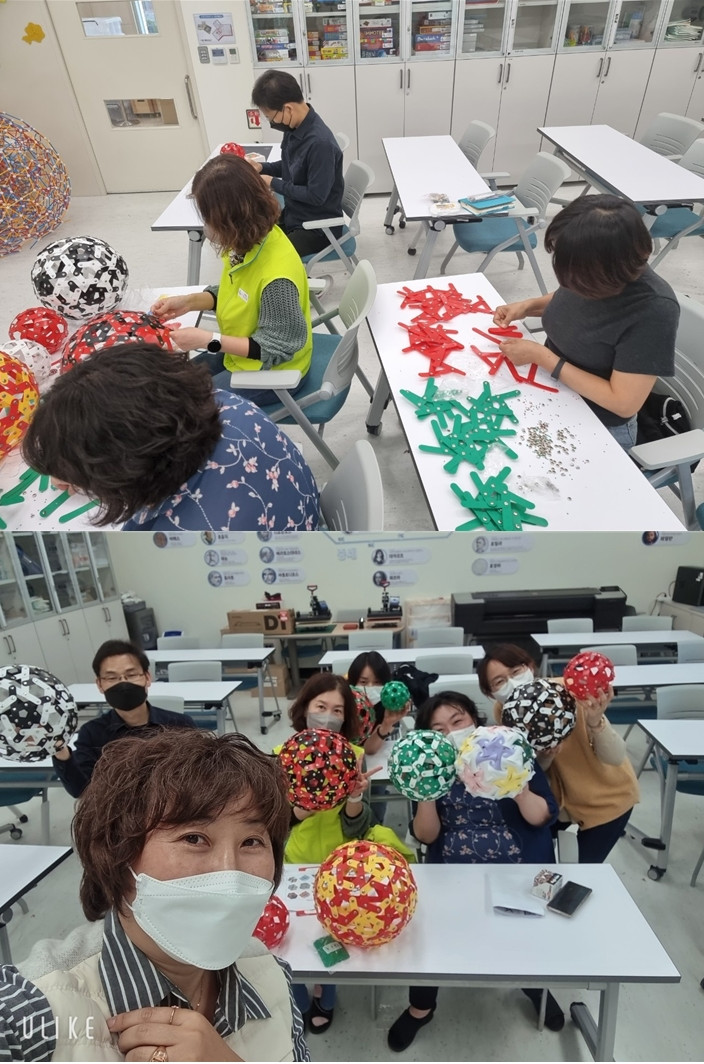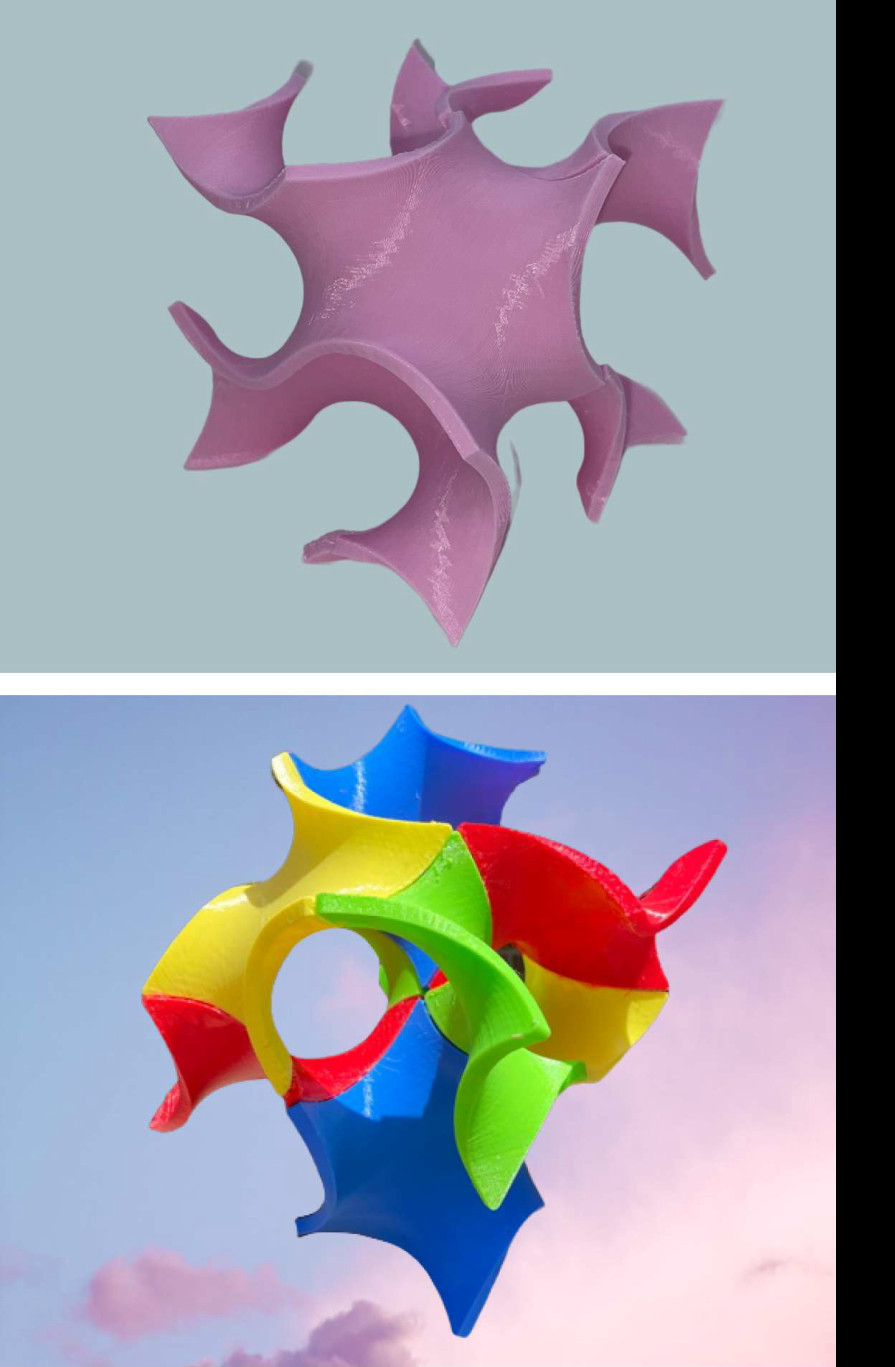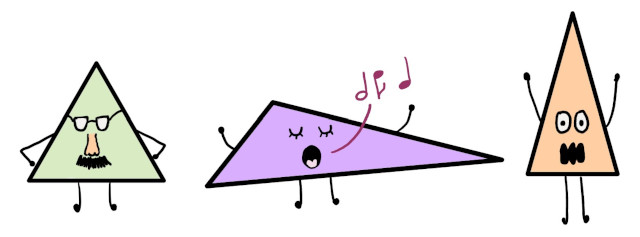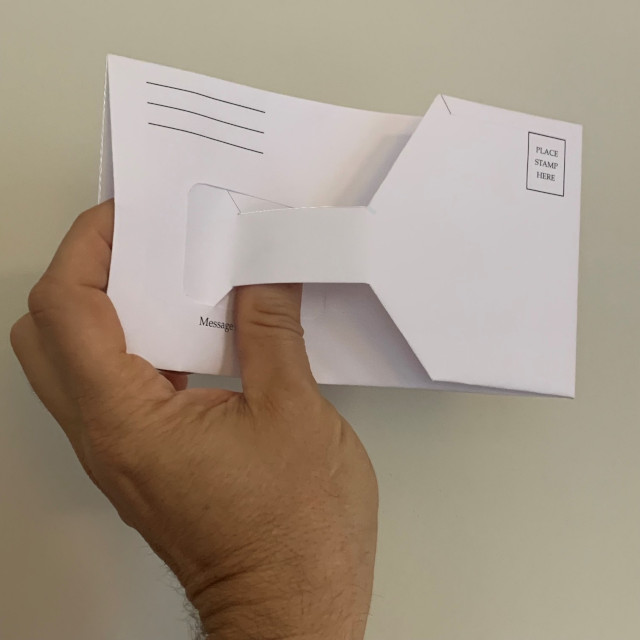Bridges 2023 Family Day & Math-Art Expo
Chair: Kristóf Fenyvesi
Program Board: Eve Torrence, Carlo H. Sequin, Sujan Shrestha, Shelby Kennedy
Time: 30 July 2023, 1:00 pm–5:00 pm
Location: Paul O’Regan Hall | Floor 1, Halifax Central Library (5440 Spring Garden Road, Halifax NS B3J 1E9)
WELCOME!
All events are free and open to the public. No registration is required.
If you have any questions regarding Family Day, don’t hesitate to get in touch with the chair at familyday@bridgesmathart.org
HANDS-ON WORKSHOPS
Symmetry Seekers: A Puzzle Adventure!
by Helena Verrill
www.mathamaze.co.uk
Get ready to dive into the mesmerizing world of crystallographic groups, featuring a fascinating collection of symmetry cards. Your mission is to solve the ultimate puzzle by matching cards with the same symmetry group. While the patterns may differ, the underlying symmetries remain constant. Accompanying these cards are handy information sheets, guiding you in identifying and understanding the various types of symmetry groups. Tick off the identified patterns on the sheet as you progress, witnessing your mastery of symmetry grow. Unleash your inner symmetry detective and let the quest for matching patterns begin!
Kinetic knots
by Mircea Draghicescu
Using elastic wire, the participants will make some decorative objects and kinetic bracelets simply by tying knots. The focus will be on (n,n+1) torus knots which can be tied in hand without any tools, but interested participants can also use some jigs to tie other torus and Turk’s head knots. More details about this activity (and many pictures) can be found in the Bridges workshop paper with the same name.
Origami Snowflakes
by Tatiana Bonch-Osmolovskaya
The workshop encourages creativity, and introduces participants to the art of origami, scientific concepts, and the mesmerizing world of snowflakes. Create your own beautiful 6-fold symmetric snowflakes using Golden Venture origami modules.
Wave Form Cars
By Jay Thakkar and Akhand Jyothi Gupta
https://www.ccl.iitgn.ac.in/
A car with a pen in front draws a sine curve when moved forward. Also, changing the top module will result in an another trace, a triangular wave. Further, adjustments to different aspects of the construction lead to changes in the frequency or the amplitude of the waveform. This is driven entirely by the mechanism that is fitted on the front wheels. By additional tweaks to the rear wheels and by shifting the location of where the pen attaches to the overall mechanism, we also design cars that can “draw” linear combinations of the sine and the cosine functions. By additional circles on the car, we can get Fourier series, we can add any number of sinusoids so as to approximate any function.
PENTRAM – the next-level of Tangram
By Emil Simeonov
www.math-time.eu
Pentram, created by Emil Simeonov, is an 8-piece dissection puzzle forming a regular pentagon. Besides the initial task to fill in the pentagon, another form of play is to replicate a shape given only by its silhouette or just to create shapes of different objects, animals, plants etc. by rearranging the pieces. Pentram is based on a regular pentagon and its diagonals (which is sometimes called a pentagram). The fact that the ratio of the sides of the pieces is exactly the golden ratio (a mathematically well-known fact) leads to a multitude of aesthetically appealing silhouettes which can be (re-)created using the Pentram pieces.
Creating a Latin Square from Tiles
By Stephen Gagola
The activity consists of putting together an 8 by 8 puzzle in which all 64 pieces are congruent, but each row and column should consist of 8 distinct orientations of the puzzle piece. In other words, the puzzle should depict a Latin square. Many solutions are possible, but some are more appealing than others. The puzzle pieces come in eight distinct colors, so color may be used to match orientation if desired.
Find Your Birdsight
By Melanie Jordan, Andrew Alsager, Karen Tosczak
Birdsight provides an ongoing demonstration of a hand drawn fractal pattern to support an interactive art experience for ages 8 to adult. We will draw bird fractals on rocks, shells, photos, chunks of wood, etc. During the activity we discuss how illusions are created by the eye and how we make sense of a 3D fractal built of a 2D pattern.
Choose-Your-Own-Adventure Tessellation Design
By Madonna Yoder
https://training.gatheringfolds.com
The presenter will call on audience members to answer binary questions that determine what origami tessellation she folds on the paper. She will have various possible end states available for sale as suncatchers as well as pre-cut paper for people to fold along.
Bendy But Not Stretchy: “Paper” That Won’t Lie Flat
By Stepan Paul
www.stepanpaul.com
Visitors to this exhibit will be able to interact with pieces of “non-Euclidean paper”: plastic sheets that have been warped into various surfaces. Visitors can pick up and bend the paper, figure out which sheets can be formed onto different 3D printed surfaces, and measure the curvature of each sheet.
1:00 PM – 3:00 PM / 3.15 PM- 5:00 PM: Making a 2V Polyhedron Using Mutual Support Structures (Children can join this program together with their parents. Maximum 12 persons per session.)
Kim Mijeong
http://www.on-edu.net
We aim to promote the spirit of support, encouragement, and unity among people across the world. Inspired by ancient architectural designs and the concept of mutual support structures, we invite families to come together and build their own 3D structures. The activity kit includes all the necessary materials. As participants work together to construct their mutual support structures, the spirit of collaboration, curiosity, and creativity will come to life.
Getting to Know the Gyroid
By Lingguo Bu, Francis Bu
https://www.thingiverse.com/lgbu
The gyroid is a triply periodic minimal surface discovered by Alan Schoen in 1968. It has recently found wide applications in arts, 3D printing, and industrial manufacturing. In this workshop, we repeat briefly some of the soap film experiments done by Schoen, assemble a gyroid unit using 3D-printed patches, and focus on a simplified paper model known as the HeXquare Gyroid, which retains the basic structure of a gyroid. For a preview of the activities, please visit https://www.thingiverse.com/thing:5598457
3:00 PM – 5:00 PM TriMata: Creating Sierpinski tetrahedrons / triangles from connector pieces
By Hideki Tsuiki
https://www.i.h.kyoto-u.ac.jp/users/tsuiki/
In this workshop, participants will create 2D/3D objects using pieces with identical shapes. Surprisingly, the 3D puzzle leads to approximate Sierpinski tetrahedrons as unique solutions, and participants can understand this shape without any
explanation. The 2D puzzle offers beautiful solutions that they can
easily find, but they will be pleasantly surprised by the many other
solutions and will enjoy creating them.
Transforming Origami
By Neel Shrestha
www.realneel.art
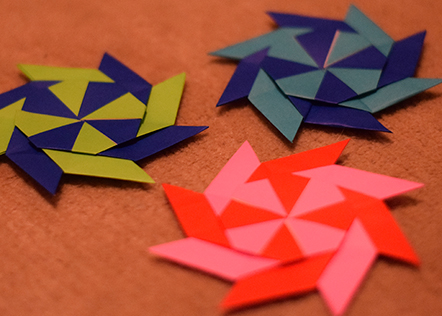 This activity will be focused on the idea of transforming origami. The models will be able to change form, size, and design. Come and learn some cool, transforming models!
This activity will be focused on the idea of transforming origami. The models will be able to change form, size, and design. Come and learn some cool, transforming models!
1:00 PM – 2:00 PM: Origami and Maths
By Manjushri Dhume
https://www.learnquest.co.in/OnlineGames/school-origamiandmaths.php
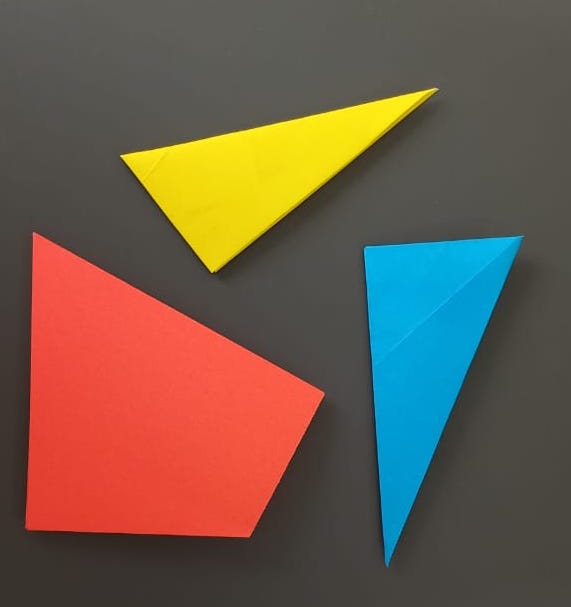 In this activity, the presenter will guide the audience in folding paper to make different forms – while discovering various Geometry and Maths concepts.
In this activity, the presenter will guide the audience in folding paper to make different forms – while discovering various Geometry and Maths concepts.
Mathematical Comic-Making
By Asmita Sodhi
Write and illustrate your own math-inspired comic! Design your own characters out of different kinds of triangles, draw a comic about your favourite shapes and numbers, create a story on a Mobius strip or a hexaflexagon, or make a comic to teach the world about your favourite mathematical idea. Activity sheets will be provided to help guide comic creation, and will also include relevant mathematical background to give learning opportunities to younger participants.
Make a Klein bottle envelope!
By Richard Hammack & Eve Torrence
https://www.people.vcu.edu/~rhammack/
Participants will fold a printed and pre-cut sheet of paper into an envelope with the topology of a Klein bottle. The finished product can be sent through the mail.
3.00 PM – 5.00: Let’s Make and Play SheetCycles!
By Tomoya Tendo
https://www.youtube.com/@tomoyatendo6256/featured
A kaleidocycle is a simple ring structure made from several elements connected by hinges. The motion of this structure is hard to imagine until you actually move it. In this workshop, we will build, move, and observe a mechanism called SheetCycles based on Kaleidocycles.
Polyhedra on a Shoestring: String, Straw, and Finger Geometry
By Karl Schaffer
www.mathdance.org
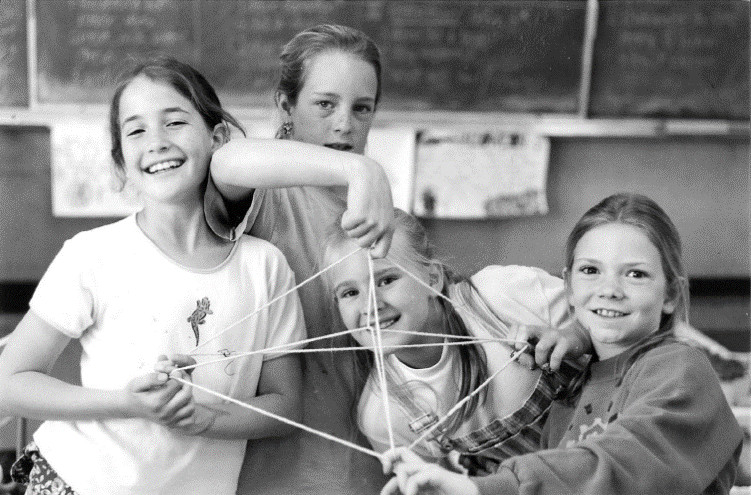 String figures, the imaginative designs created with simple loops of string, are found among the world’s most ancient cultures. We will use loops of rope and string to form polyhedra and other geometric designs. We can make similar entertaining mathematical shapes with fingers and hands. Paper straws held together by pipe cleaners also provide puzzle forms that fold into polyhedral shapes.
String figures, the imaginative designs created with simple loops of string, are found among the world’s most ancient cultures. We will use loops of rope and string to form polyhedra and other geometric designs. We can make similar entertaining mathematical shapes with fingers and hands. Paper straws held together by pipe cleaners also provide puzzle forms that fold into polyhedral shapes.
The “John Hiigli” Children & Youth Math-Art Exhibit with a unique selection from the South African GMMDC MathArt Competition 2022: A Digital Exhibit Curated by Carine Steyn, Werner Olivier & Kristof Fenyvesi www.mathart.co.za
The Children and Youth Math-Art Exhibits have been organized at Bridges conferences since 2012. This year’s digital exhibition will draw attention to works collected in South Africa in the past years by the Govan Mbeki Mathematics Development Centre’s MathArt Project at Nelson Mandela University with the international support of the Experience Workshop STEAM Network.
FURTHER PROGRAMS
1.00 PM–3:00 PM Bridges Short Film Festival and Q&A with Creators, Lindsay Children’s Room (second floor)
3:30 PM–5:30 PM Bridges Poetry Reading, Lindsay Children’s Room (second floor)
1:00 PM – 5.00 PM Bridges Art Exhibition, Medjuck Building (Located in: Dalhousie University. Address: 5410 Spring Garden Rd, Halifax, NS B3J 1B6)


